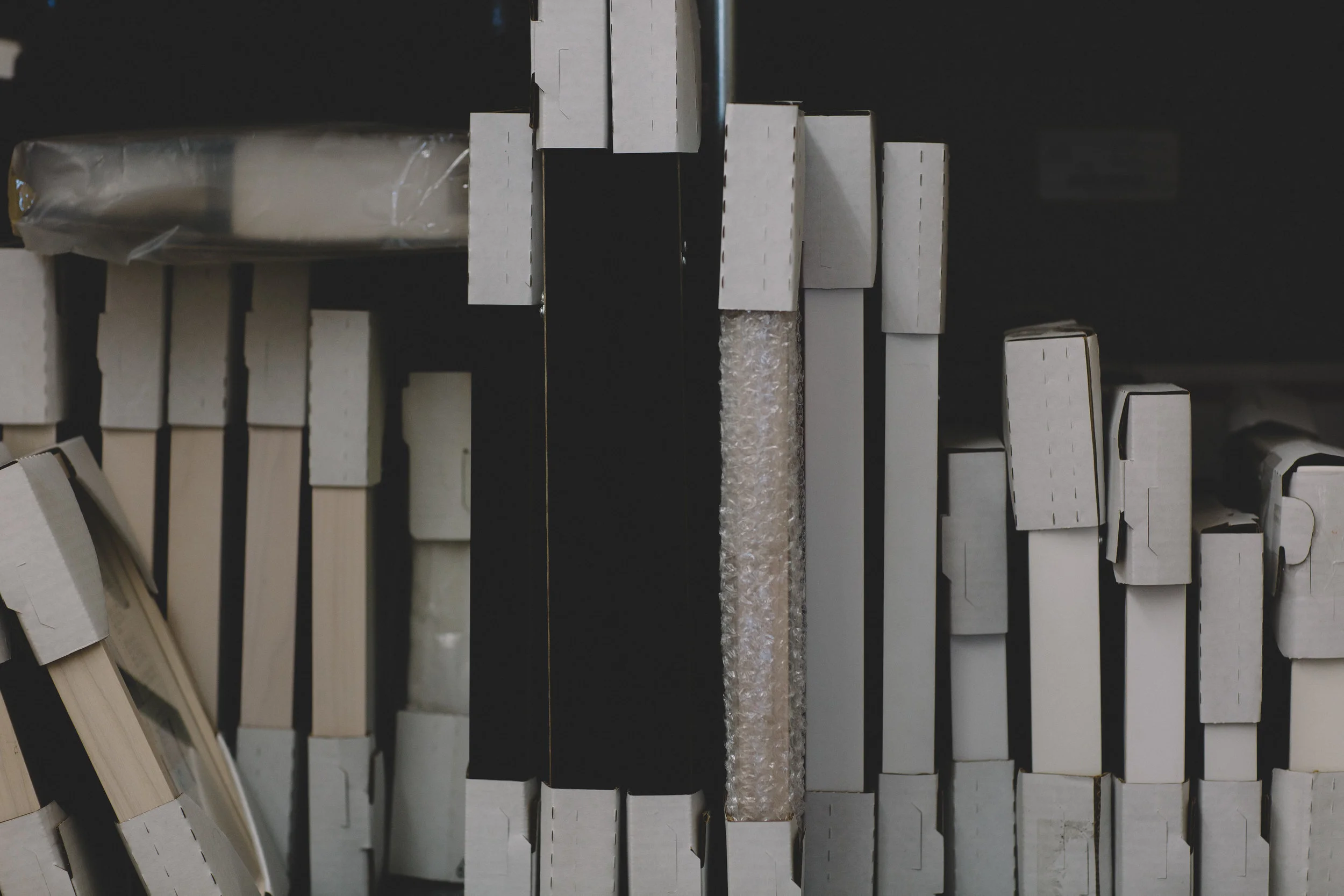Fine Art Storage
When to Store Artwork
Corporate entities are constantly changing – whether a company is growing or downsizing, their art collection often needs to be taken off-site while these changes are put in place. With many newly renovated offices, there is a culture shift towards openness and collaboration; this manifests in design features like glass walls, interactive write-on walls, and open floor plans with fewer traditional artwork locations. While these adjustments are implemented, storing artwork gives our clients flexibility to install on their schedule.
During construction and relocations, we assist our clients with short and long-term storage options for collections. We manage the process from concept to completion and coordinate artwork removal with building management and the construction team. From there we transport the artwork to a secure storage facility, designed specifically to protect artwork.
Preserving Artwork
We store artwork in state-of-the-art facilities across the country. Protective measures are taken to preserve the artwork, including climate control options to provide the ideal temperature, humidity, and circulation needed for optium archival conditions.
Artwork remains safely packed in it’s storage area. Custom crates, armatures, and shelves can be built to accommodate the specific needs of a sculpture, painting, or artifact. Archival materials are used to protect against acidity and infestations.
Best Practices for Organization
Storage facilities are expansive, and great care is taken to ensure each artwork is accounted for. We use digital databases to maintain an inventory system that tracks details for each item in storage. This can include barcodes indicating the precise location in the storage area, contact information for the project manager, images, and condition reports.
Condition reports
These reports are a key part of art consulting and managing an art collection. When artwork first arrives at the storage location, a condition report is written as part of the initial inventory process. The reports make note of scratches, color inconsistencies, paint cracking, warped canvases, and other noticeable imperfections in an artwork or frame. Images are taken of the noted nuances when the condition report is prepared and are included in the inventory.
When artwork is ready to leave storage, a second condition report is generated. This report should review the original notes, and indicate the current status of the artwork. These updated reports are especially important if an artwork is being removed for conservation or reframing. Additional photos may be taken and added to the artwork’s inventory record.
Diligently employing these best practices when storing artwork leads to reliable records and an efficient system that keeps a collection safe. Using a professional fine art storage facility protects our clients’ investment in their art collection and makes it easy to manage their assets during office construction, renovation, or relocation.
. . .

